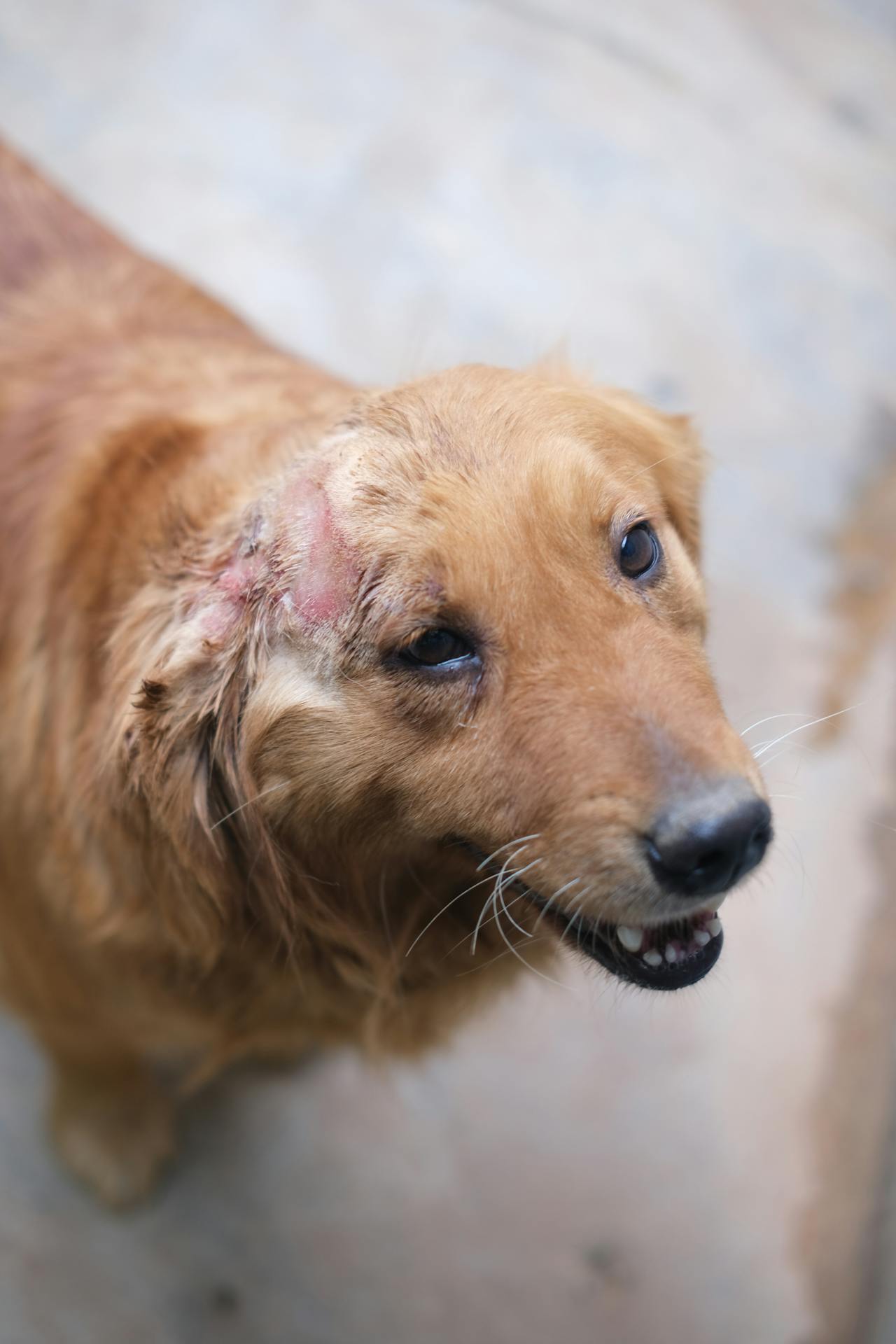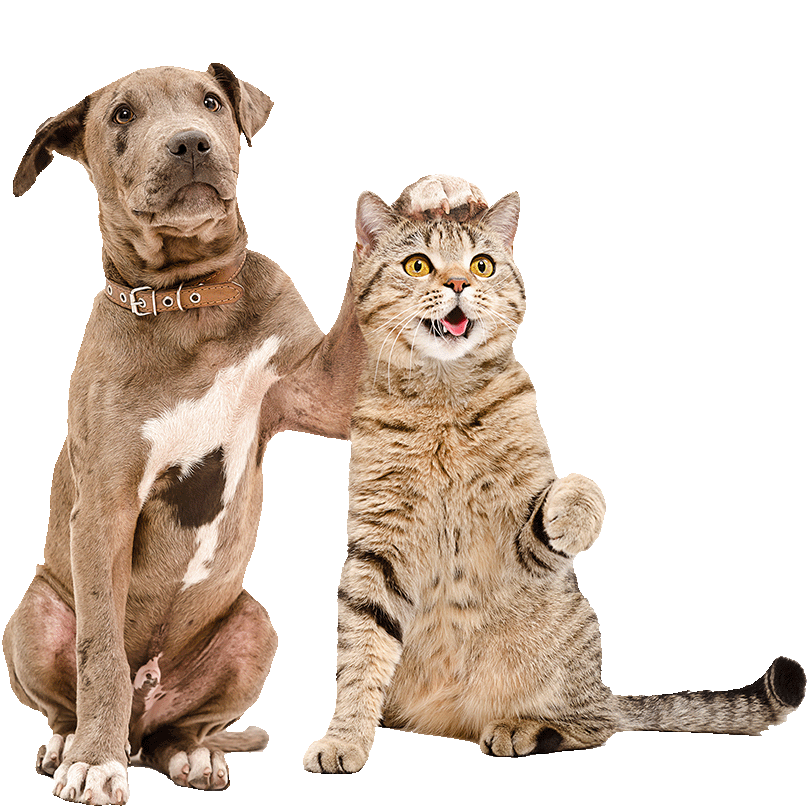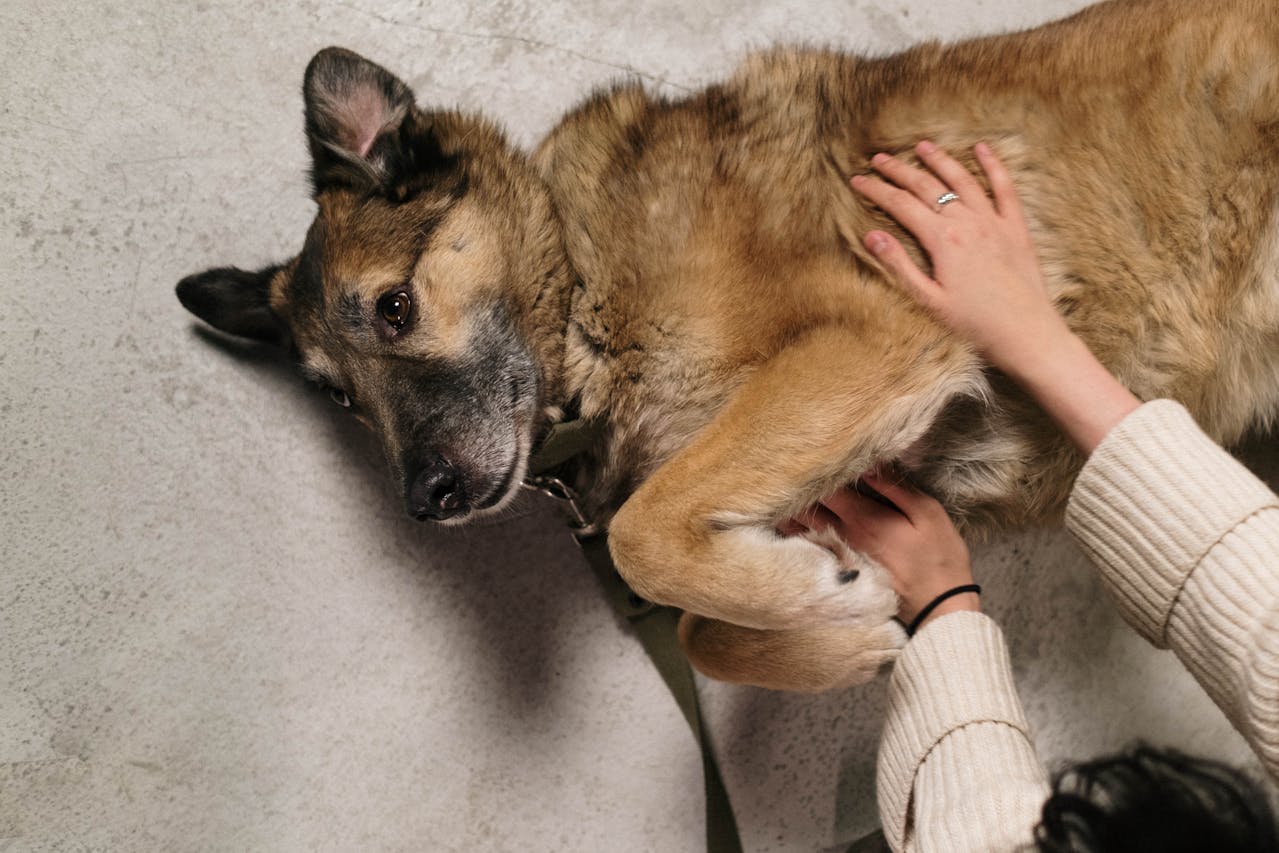Cushing’s Disease in Pets: What You Need to Know

It’s typically seen in middle-aged and older pets and, while it isn’t curable, managing the condition can help improve your pet’s quality of life.
What Is Cushing’s Disease?
Cushing’s disease happens when a pet’s body produces too much cortisol, a hormone that plays a key role in regulating blood sugar, blood pressure, and inflammation. Think of cortisol like cortisone or prednisone—medications commonly used to treat rashes and inflammation.
So, why would the body overproduce cortisol? The process is controlled by two small glands called the adrenal glands, which are regulated by the pituitary gland. There are two main types of Cushing’s disease:
-
Pituitary-dependent Cushing’s (PDH): A tumor in the pituitary gland signals the adrenal glands to release too much cortisol. Normally, high cortisol levels tell the pituitary gland to slow down, but in pets with PDH, this "off switch" doesn’t work.
-
Adrenal-dependent Cushing’s (ADH): This occurs when a tumor in the adrenal glands causes them to overproduce cortisol without regulation.
Managing Cushing’s disease requires a dedicated pet owner who can carefully follow treatment plans and monitor their pet for changes.
Symptoms of Cushing’s Disease
Not all pets show the same symptoms, but here are some of the most common signs:
-
Excessive thirst and urination: Pets with Cushing drink a lot of water and frequently need to go outside—or may even have accidents indoors. One vet even described it with a funny image: a dog standing on a toilet, urinating while drinking from the faucet!
-
Increased appetite: Pets with Cushing’s always seem hungry, and vets often use appetite changes to monitor if treatments are working.
-
Pot-bellied" appearance: High cortisol levels weaken muscles, especially in the abdomen, making the belly appear swollen or distended.
-
Hair loss (Alopecia): Cushing’s can affect hair growth, leading to thinning fur, especially on the back and tail.
-
Frequent infections: Cortisol suppresses the immune system, making pets more prone to infections, especially urinary tract infections.
-
Other hormonal issues: Cushing’s can lead to diabetes because cortisol interferes with insulin. Managing both conditions at the same time can be challenging.
Diagnosing Cushing’s Disease
Routine blood and urine tests often show signs of Cushing’s, but more specific hormone tests are needed to confirm the diagnosis. Sometimes, an ultrasound of the adrenal glands can help determine if the issue is pituitary- or adrenal-related, which is crucial for choosing the right treatment.
Treatment Options
Once your pet is diagnosed, your vet may prescribe one of two common medications:
-
Trilostane
-
Lysodren
Both medications work by reducing cortisol production, but they require careful monitoring. Too little cortisol can be life-threatening, so it’s important to watch for changes in appetite, thirst, or energy levels and report them to your vet.
Pets with Cushing’s need regular checkups and close monitoring to ensure they stay happy and healthy. While the disease isn’t curable, with the right care, pets can continue to live a good quality of life.
Get insurance plans with wide-ranging coverage options













